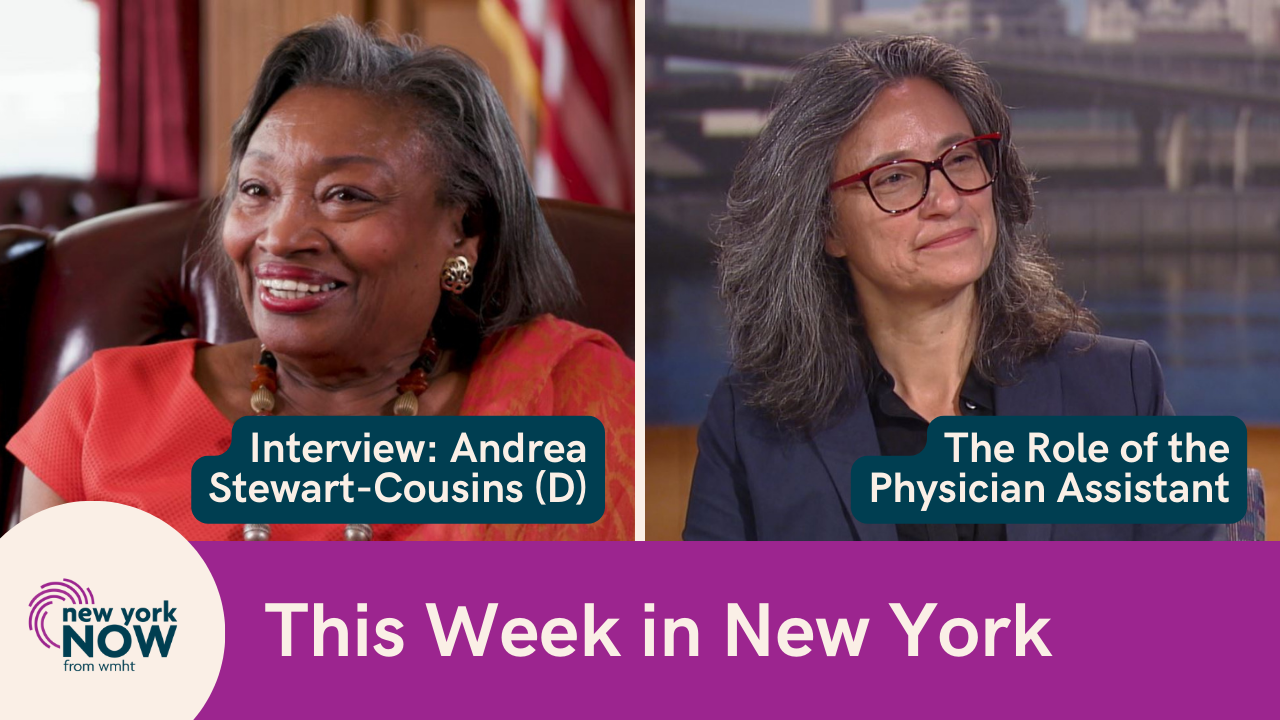New York's Fertility Rate Continues to Drop

New York's Fertility Rate Continues to Drop
An ongoing decline in New York's fertility rate shows no signs of reversing.
According to data from the state's Department of Public Health, 210,742 babies were born in New York in 2021, a 13% decline from a decade before.
The total fertility rate is the average number of births a woman would have in her lifetime if current patterns continue. In New York, the rate dropped from 1.85 in 2009 to 1.55 in 2021.
This data is often an indicator of societal trends or historic events, said demographer Leslie Reynolds, a researcher at the Jeb E. Brooks School of Public Policy at Cornell University.
For instance, Reynolds does not believe it is a coincidence that New York's fertility rate dipped to its lowest level in two decades during the COVID-19 shutdowns.
"Choosing to have kids is often based on the resources that you have," she explained, and in 2020 and 2021, extended families were often physically separated and would-be parents were likely working from home.
"So there's a balance of child care and social support and also economic concerns," Reynolds said.
After analyzing demographic data, Reynolds said one of the biggest changes since 2001 was a large decline in fertility for women between the ages of 20 and 29. At the same time, rates increased for women who were 35 and older.
She said delaying the start of a family is not surprising, considering the well-established social norm of households with two working parents.
"You may push it to a point in your career where you feel comfortable taking leave, where you have benefits," Reynolds said. "You may not want that right-out-of-college job when you're having your baby. You want something more stable."
In 2020, the most recent year for which county data was available, Monroe County's total fertility rate was 1.55.
In New York, the TFR is highest for women living in Rockland, Jefferson, and Orange counties and lowest for those in Manhattan and Otsego, and Tompkins counties.
This story was originally reported by Beth Adams for WXXI.
Related

Final Big Policies, Post-Pandemic Physicians Assistant Role
Senate Majority Leader Andrea Stewart-Cousins highlights potential major policies that could potentially be accomplished in the final stages of the legislative session.


